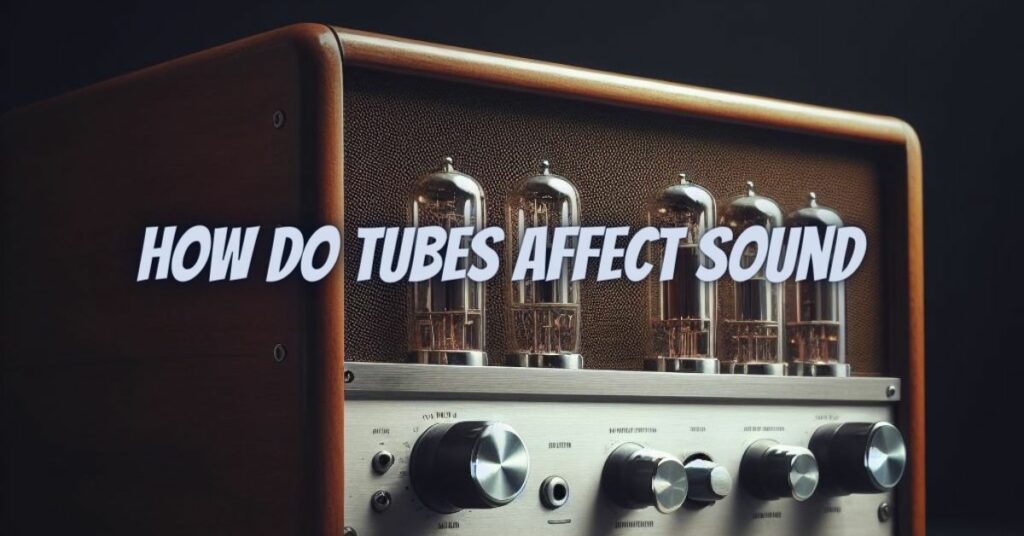The world of audio technology is a fascinating and complex realm, with many components contributing to the production of beautiful sound. Among these, vacuum tubes, commonly known as “tubes,” play a crucial role in shaping the tonal qualities of audio systems. In this article, we’ll explore the inner workings of tube amplifiers and delve into how tubes affect sound, shedding light on the enduring allure of these vintage components.
I. A Brief History of Vacuum Tubes
Before we dive into the impact of tubes on sound, it’s essential to understand their history and function. Vacuum tubes were once the heart of electronic devices, including amplifiers and radios, before the advent of solid-state transistors. These glass or metal tubes contain elements such as cathodes, anodes, and grids, and they operate by controlling the flow of electrons through a vacuum.
II. Warmth and Harmonic Distortion
One of the most prominent features of tube amplifiers is their ability to produce a warm, rich, and harmonically pleasing sound. Unlike solid-state amplifiers, which produce a very linear and clean sound, tubes introduce even-order harmonic distortion. This “coloration” is often described as warm, round, and natural, which many audiophiles find appealing. It can add depth and character to the sound of music, particularly in the midrange frequencies.
III. Soft Clipping and Overdrive
Tube amplifiers are known for their unique clipping characteristics. When a tube amplifier is pushed into overdrive, it distorts the signal in a soft, gradual manner, unlike solid-state amplifiers that produce harsh, abrupt clipping. This gradual distortion is favored by guitarists for its musicality and dynamic response. It allows for expressive playing and the ability to shape the tone by controlling the level of overdrive.
IV. Increased Dynamic Range
Tubes also contribute to a wider dynamic range, enabling a more natural and responsive playback of music. They can handle sudden volume changes with ease, making the quietest passages and the loudest crescendos more distinct and engaging. This dynamic range is particularly prized in classical and jazz music, where subtlety and nuance matter.
V. Unique Tonal Characteristics
Different types of tubes can impart unique tonal characteristics. For example, EL34 tubes are known for their bright and punchy sound, while 6L6 tubes offer a warmer and cleaner tone. Audiophiles and musicians often experiment with tube types to fine-tune their desired sound.
VI. Power and Efficiency
One downside of tube amplifiers is their lower power efficiency compared to solid-state counterparts. Tubes generate more heat and consume more energy, making them less environmentally friendly. However, the trade-off is often justified by the appealing sound characteristics and the undeniable charm of tube amplifiers.
VII. Subjective Preferences
It’s essential to note that the impact of tubes on sound is highly subjective. What one person may find pleasing, another might not appreciate. The preference for tube amplifiers often depends on musical genre, personal taste, and the specific components used in an audio system.
In the world of audio, tube amplifiers have carved out a unique space for themselves. They impart a distinct warmth, harmonic richness, and dynamic response that captivates audiophiles and musicians alike. While solid-state technology has become the norm for its efficiency, tubes continue to thrive for their enduring ability to create sonic experiences that are often described as “musical.” Whether you’re a vintage enthusiast or a modern audiophile, understanding how tubes affect sound can help you appreciate the remarkable and timeless technology of vacuum tubes in the audio world.


